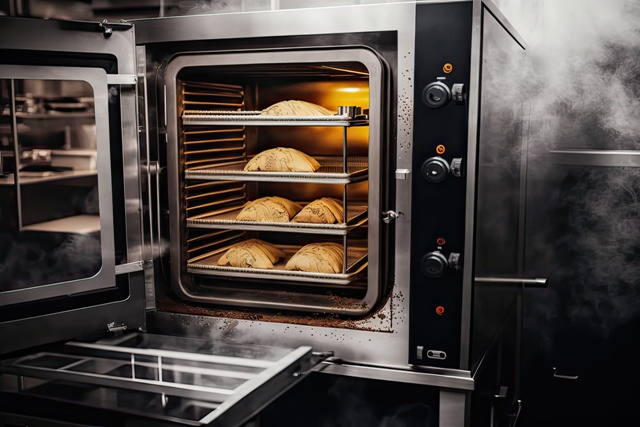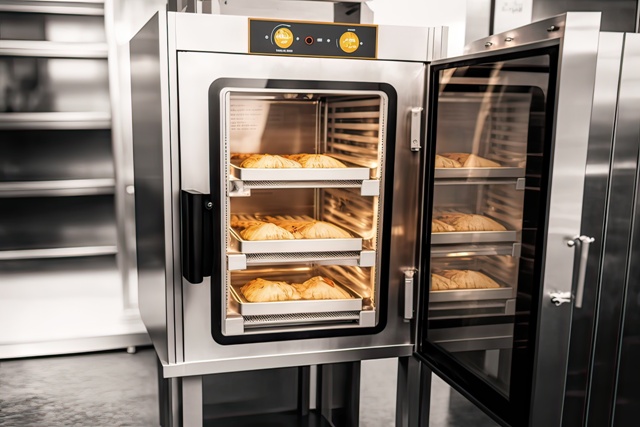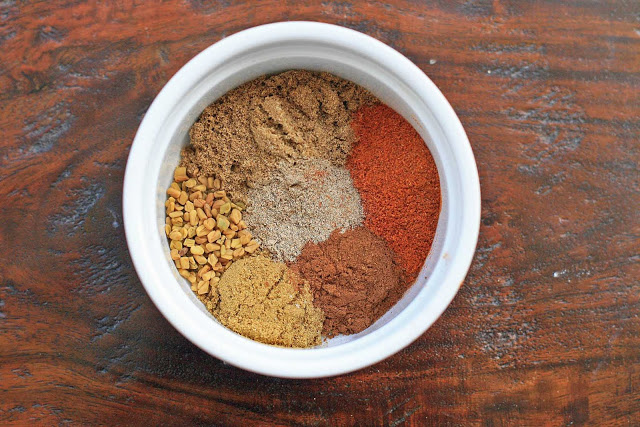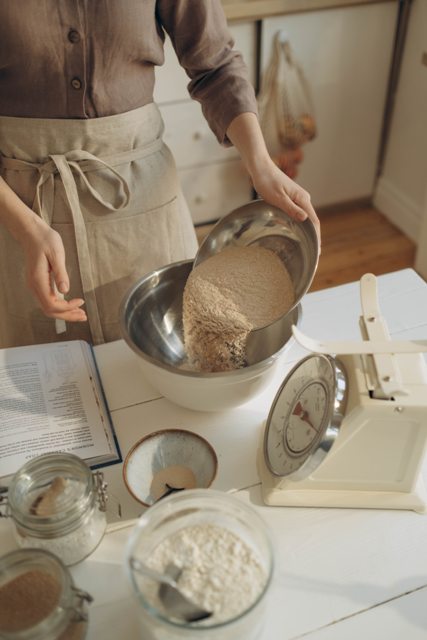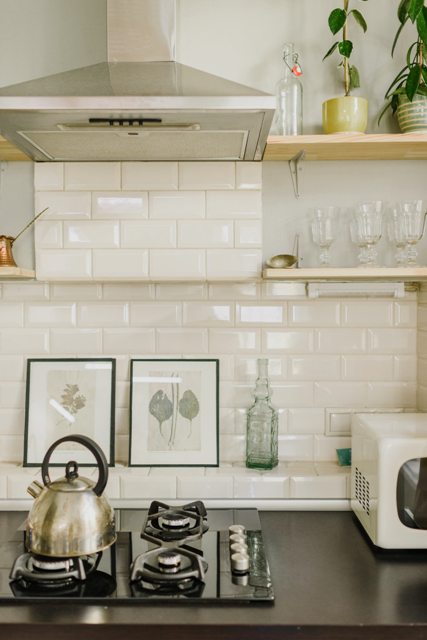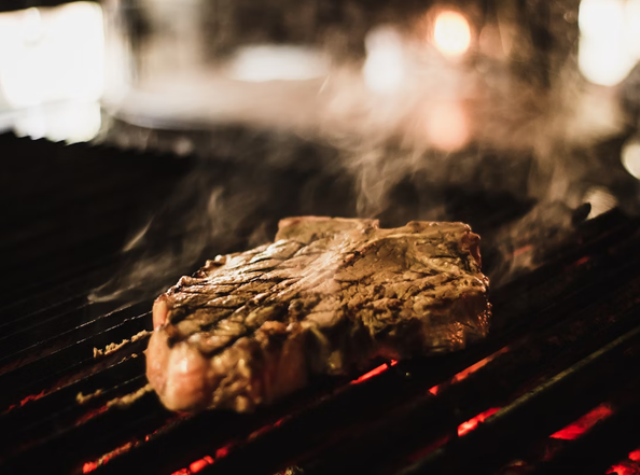The mountain charm of Pigeon Forge isn’t only about the breathtaking views, the amiable locals, or even the fun-filled activities. It’s also about the food – delicious, heartwarming, and soul-satisfying food. This vibrant city, nestled in the heart of Tennessee, has a culinary tapestry that’s as diverse and rich as its history. Whether you’re a first-time visitor or a frequent traveler, Pigeon Forge offers some mouthwatering dishes that beckon to be tried.

Orange Creamsicle Moonshine: A Fusion of Flavors
If there’s one drink that tells the story of the South, it’s moonshine. Rooted in the Appalachian traditions, moonshine is more than just a drink; it’s a testament to the resilience, creativity, and spirit of the people. Over time, this distilled beverage has evolved, giving birth to a myriad of flavors, each unique in its own right. And among these flavors, there’s one that stands out, especially in Pigeon Forge – the orange creamsicle moonshine.
Imagine, if you will, the sweet nostalgia of childhood. Think of those lazy summer afternoons when the ice cream truck’s melody would have you running with a few coins in hand. The orange creamsicle was the treat of choice for many. A delightful blend of tangy orange and creamy vanilla, it was the perfect remedy for the scorching heat. Now, take that memory and infuse it with the deep-rooted tradition of the South – moonshine. The result is a drink that’s both a trip down memory lane and an experience of the present.
The orange creamsicle moonshine offers the perfect blend of the sweet, citrusy taste of oranges and the creamy flavor reminiscent of vanilla ice cream. But it doesn’t stop there. Just as the icy creamsicle had that refreshing kick, this drink has its unique kind of kick, thanks to the moonshine. It’s a delightful fusion that dances on the palate, making it a must-try for anyone visiting Pigeon Forge.
Whether you enjoy it on a cozy evening by the fireside or as a refreshing drink on a warm afternoon, the orange creamsicle moonshine promises an experience like no other.
Smoky Mountain BBQ: More Than Just a Meal
Now, if we’re talking about Southern foods, it’s impossible not to mention BBQ. Especially in Pigeon Forge, where the BBQ is more than just a meal; it’s a tradition, a celebration, a way of life. The Smoky Mountain BBQ is a testament to the region’s love for flavors and the art of cooking.
BBQ in this region is unique. It’s not just about grilling meat over a fire. It’s about the slow process, the wood used, the marinade, and most importantly, the love and care that goes into preparing each dish. The flavors here are deep, rich, and smoky, reflecting the very essence of the mountains that surround the city.
Sharing a BBQ meal in Pigeon Forge is akin to sharing stories. Each bite tells a tale of the land, the people, and the traditions. Whether it’s the tender pulled pork, the juicy ribs, or the perfectly grilled chicken, every dish is a reflection of the city’s passion for food.
Fresh Mountain Trout: A Delightful Catch
Pigeon Forge, being close to the Smoky Mountains, benefits from the fresh streams that flow down the mountain ranges. One of the blessings these streams bring is the abundance of fresh trout. It’s not just about the taste; it’s also about the experience.
Imagine sitting in a cozy eatery, the gentle hum of conversation around you, and a plate placed in front of you. On it is a beautifully cooked piece of trout, its skin slightly crispy, the inside tender and flaky. As you take a bite, it feels like the mountains, the streams, and the cool breeze all come alive at that moment. The trout here is often prepared to let its freshness shine – a sprinkle of salt, a dash of herbs, and a squeeze of lemon. Sometimes, the simplest preparations are the best, and this is a testament to that.
While in Pigeon Forge, trying out the mountain trout isn’t just a suggestion; it’s almost a rite of passage for food lovers. It connects you to the land, the water, and the traditions of the region.
Pigeon Forge Pancakes: A Morning Ritual
No visit to Pigeon Forge would be complete without indulging in their famous pancakes. And we’re not just talking about any pancakes; we’re talking about stacks of fluffy goodness topped with fresh fruits, nuts, and a generous drizzle of maple syrup or honey.
Mornings in Pigeon Forge have a certain kind of magic. As the sun rises, painting the sky in shades of gold and orange, there’s a smell that wafts through the air. It’s the smell of pancakes being cooked. For locals and visitors alike, starting the day with a plate of Pigeon Forge pancakes is a cherished ritual. It’s not just about filling the stomach; it’s about starting the day right.
Whether you like them plain, filled with blueberries, or even chocolate chips, there’s a pancake for every palate. Pair it with a side of crispy bacon or fresh fruit, and you have a meal that’ll keep you energized as you explore the wonders of Pigeon Forge.
Conclusion
Pigeon Forge is more than just a tourist spot; it’s a culinary haven. From the kick of the orange creamsicle moonshine to the smoky flavors of BBQ, the freshness of the mountain trout, and the comforting taste of pancakes, there’s a story behind every dish—a story of tradition, love and a deep connection to the land. So, as you walk the streets of this beautiful city, let your taste buds guide you. You won’t be disappointed.


